NATO, in its full name, is an international military alliance of the “North Atlantic Treaty Organization“. It was founded on April 4, 1949, based on the North Atlantic Treaty signed by 12 countries. More than 19 countries have joined over the years.
NATO member states have a common defense mechanism against an attack from any external force. The center of the association is located in Brussels, the capital of Belgium.
While 19 countries are part of NATO’s “Partnership for Peace” initiative, 15 other countries take part in ongoing institutionalized dialogue programs.
The military spending of NATO members accounts for over 65% (1.3 trillion) of the world’s defense spending (2 trillion), making it the largest contributor to global defense expenditure.
Although the NATO members’ defense spending goal is to reach 2% of their Gross Domestic Product, only seven out of the than 30 member states were able to meet this target in 2022.
NATO Map 2023
Nato Map from 2016

On the map above, you can see the NATO countries from all over the world. Apart from the USA and Canada, all other members are located on the European continent.
| NATO Country | Member Since |
| Belgium | 1949 |
| Canada | 1949 |
| Denmark | 1949 |
| France | 1949 |
| Iceland | 1949 |
| Italy | 1949 |
| Luxembourg | 1949 |
| Netherlands | 1949 |
| Norway | 1949 |
| Portugal | 1949 |
| United Kingdom | 1949 |
| United States | 1949 |
| Greece | 1952 |
| Türkiye | 1952 |
| Germany | 1955 |
| Spain | 1982 |
| Czech Republic | 1999 |
| Hungary | 1999 |
| Poland | 1999 |
| Bulgaria | 2004 |
| Estonia | 2004 |
| Latvia | 2004 |
| Lithuania | 2004 |
| Romania | 2004 |
| Slovakia | 2004 |
| Slovenia | 2004 |
| Albania | 2009 |
| Croatia | 2009 |
| Montenegro | 2017 |
| North Macedonia | 2020 |
| Finland | 2023 |
NATO Members Map by the Year of Joining
NATO Members in Europe
In the map above you can see all the 29 NATO members, including Finland which joined in April, 2023.
In the map of Europe below, you can see the countries with and without NATO membership before Montenegro joined in 2017, North Macedonia in 2020, and most recently, Finland joined in April 2023.
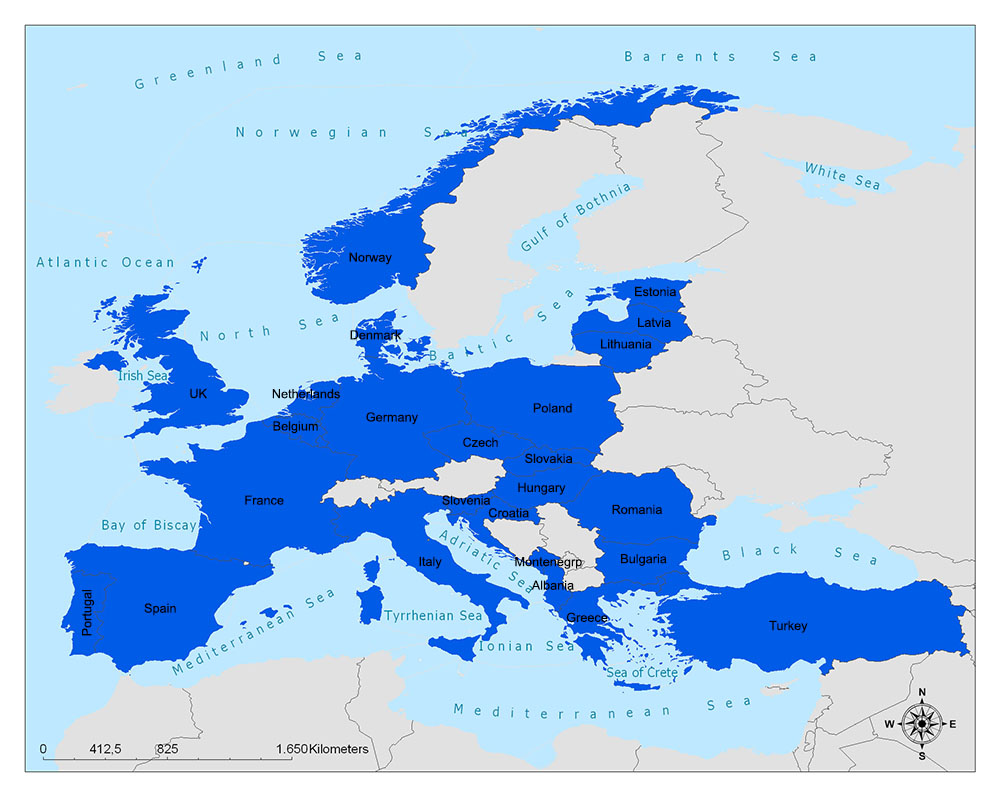
Current NATO members in Europe:
- Albania
- Belgium
- Bulgaria
- Croatia
- The Czech Republic
- Denmark
- Estonia
- Finland
- France
- Germany
- Greece
- Hungary
- Iceland
- Italy
- Latvia
- Lithuania
- Luxembourg
- Montenegro
- Netherlands
- North Macedonia
- Norway
- Poland
- Portugal
- Romania
- Slovakia
- Slovenia
- Spain
- Turkey
- The United Kingdom
Austria, Belarus, Bosnia and Herzegovina, Finland, Ireland, Kosovo, Moldova, Serbia, Sweden, Switzerland, and Ukraine are not NATO members.
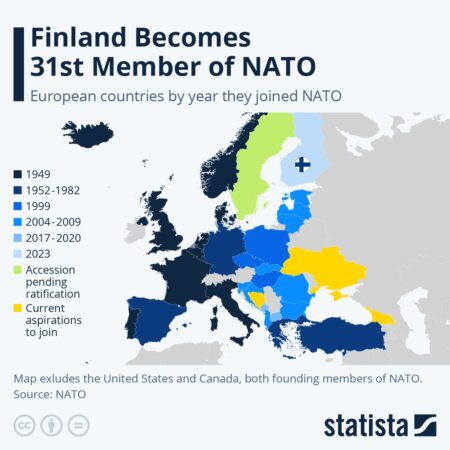
NATO Non-Members in Europe
- Austria: A country with a Permanent Nongovernmental Policy.
- Belarus: At the same time, this country, called Small Russia, is not a NATO member due to its proximity to Russia. The foundations of NATO are based on Russian antagonism.
- Bosnia and Herzegovina: Serbian Member of the Bosnian Herzegovina Council; Bosnia and Herzegovina’s accession to NATO, the three founding elements of the country, Bosniak, Serbs, and Croats that there was no compromise, said for a long time.
- Ireland: Ireland is not a member of NATO, but Ireland has been a partner of NATO since the 1990s.
- Kosovo: In 2017, Kosovo Prime Minister Haradinaj said, “We aim to finalize NATO membership by 2020.” said. Read more about the international recognition of Kosovo.
- Moldova: Moldova President Igor Dodon said it was absolutely unacceptable for his country to be a NATO member. This is why they do not want to deteriorate their relations with Russia.
- Serbia: Serbia’s Foreign Minister Ivica Dacic has said Serbia is not planning to join the sanctions imposed by the EU on Russia and become a NATO member.
- Sweden: It is a country advancing with the neutrality principle. Although it is not a NATO member, it is NATO’s partner.
- Switzerland: A country with a Permanent Neutrality Policy.
- Ukraine: In June 2017, Ukraine continues its steps towards integration into the West. Furthermore, the Ukrainian Parliament has adopted a law that allows the country to become a member of NATO.
More about NATO
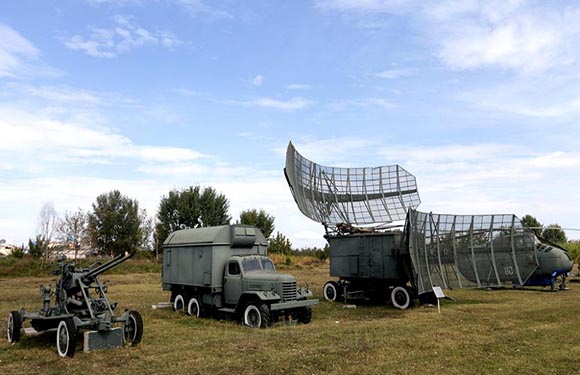
There have been periodic disagreements among NATO members, and as a result, there has been a problem of trust. The Cold War process led to conflicts with the members of the Warsaw Pact.
The foundation date of the Warsaw Pact is 1955. The doubts over the strength of the relations between European countries and the United States have increased from time to time. There have been doubts about the credibility of NATO’s defense against a possible Soviet occupation, which led to the withdrawal of France from NATO’s military wing in 1966.
After the fall of the Berlin Wall in 1989, the organization was involved in the disintegration of Yugoslavia and its first military interventions in 1992-1995 in Bosnia and Herzegovina and then in 1999 in Yugoslavia.
Politically, the NATO set out to establish a good relationship with the former Warsaw Pact countries. In fact, some of these countries joined the alliance in 1999 and 2004.
Similar Unions
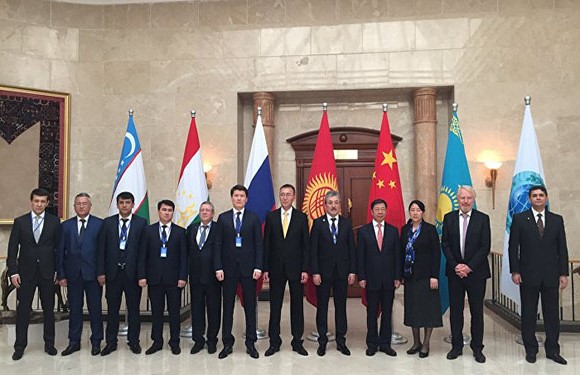
Shanghai Five: In 1996, a union was established in Shanghai, with the participation of “Russia, Kazakhstan, Kyrgyzstan, China, and Tajikistan”, foreseeing a deep cooperation in the field of regional security called “Shanghai Five”.
Also in 2001, Uzbekistan joined this formation and changed its name to “Shanghai Cooperation Organization”. The formation, from predominantly in the 2000s, has shown a stern attitude to the military presence in the territories of the United States and has opposed the “unipolar world order”.
Arab League: The Arab League is an international organization in which 22 Arab countries are members. Furthermore, the first alliance between Arab countries occurred between Iraq and Saudi Arabia in 1936. The Alexandrian Protocol signed in 1944 laid the foundations of the Arab League.
History of NATO
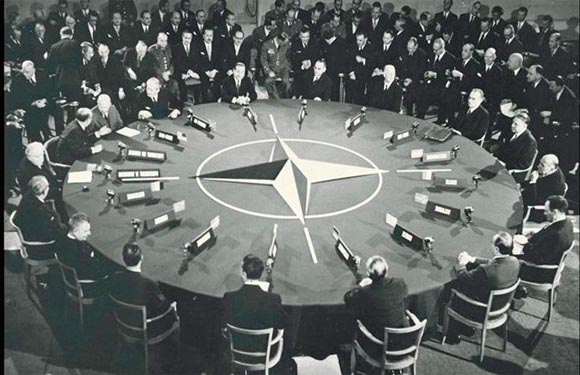
NATO was born in 1949 with the North Atlantic Treaty, where 12 countries came together and agreed to the conditions for non-aggression and cooperation. This military alliance expanded by 18 countries over time. As of April 2023, the NATO consists of 31 countries (29 from Europe and 2 from North America).
The main aim of the organization is to ensure that the participating countries have the right to form an alliance in an attack against them. In addition, each member country is being assured of non-aggression against each other.
The center of the union is located in Brussels, the capital of Belgium. NATO member states have to pay special attention to defense spending. The total expenditure of NATO member states is 70% higher than the defense spending of all states in the world.
As an organization, the NATO did not go beyond the promises of the member states under the political and treaty conditions. These political partnerships were motivated by two US ranking commanders during the Korean War, when a common military force was created and gained a military identity.
During the Cold War era and the membership of the Warsaw Pact, which was established in 1955, the member states were in great competition. These controversies subsequently led to doubts among the member countries. How much would the US support NATO? Or, how could the organization be able to carry out an active policy against the Soviet threat after France withdrew from NATO’s military wing in 1966?
After the fall of the Berlin Wall and the breakup of Yugoslavia in 1989, the organization dragged it into a major European civil war. In this internal turmoil, the organization had to use its power of military intervention in Bosnia and Herzegovina and in Yugoslavia in 1992-1995.
Nato and Soviet Threat
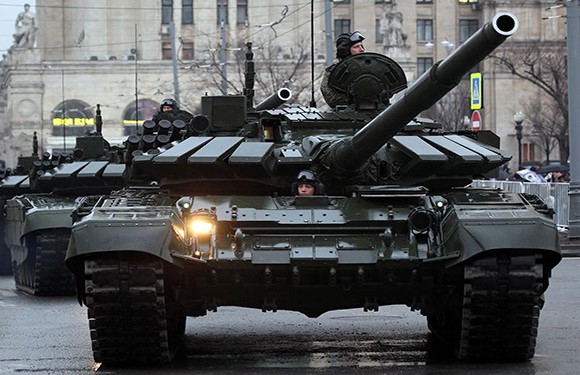
The founding text of the organization is the Brussels Treaty, an alliance agreement between Belgium, the United Kingdom, France, the Netherlands, and Luxembourg on 17 March 1948. This unification became a source of inspiration for Europe, and the Western European Union was established during the siege of the Soviets in Berlin.
But in order for this defensive unit to be successful, both the military authority and the support of the US to prevent the formation of a nationalist character had become necessary. With this initiative, the North Atlantic Treaty was signed in Washington DC on April 4, 1949 and a cooperation was established in the field of defense and cooperation.
In addition to the five countries involved in the Treaty of Brussels the United States, Denmark, Italy, Iceland, Canada, Norway, and Portugal, signed the North Atlantic treaty.
In 1949, Lord Ismay, the first NATO Secretary General of the period, outlined the organization’s tasks as follows:
The purpose of the Alliance was to keep the Soviet Union out, the Americans in, and the Germans down.
Lord Hastings Lionel Ismay, NATO’s first Secretary General
Although countries have signed the treaty in political terms, some people have opposed the alliance. In Iceland, for example, a group of people joined the supporters of neutrality.
This treaty text represents the notion of Atlanticism and the idea of a cooperation and alliance between North America and Europe.
The content of the Treaty
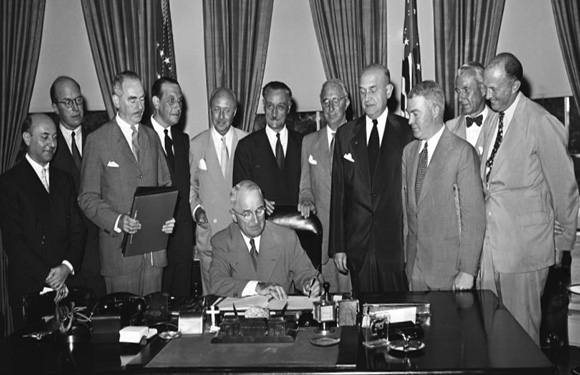
In the context of the agreement, the military cooperation of the member countries has attracted attention. Because in case of an attack on the member countries, the other member countries will recognize the attacking country as a common enemy and impose sanctions.
This sanction may be in the form of a union or direct participation in the military intervention. The same cooperation will also apply to the protection of the North Atlantic region. This does not mean that the organization is an attack unit. On the contrary, the nature and formation of the attack is a long time. Because the aggressive country will be warned first and military assistance will be given to the allied country.
NATO has had a great impact on member states’ weapon terminology, inventories and military strategies. Because the European countries participating in the organization and especially the USA are very specialized in this regard.
Cold War Era and NATO Interventions
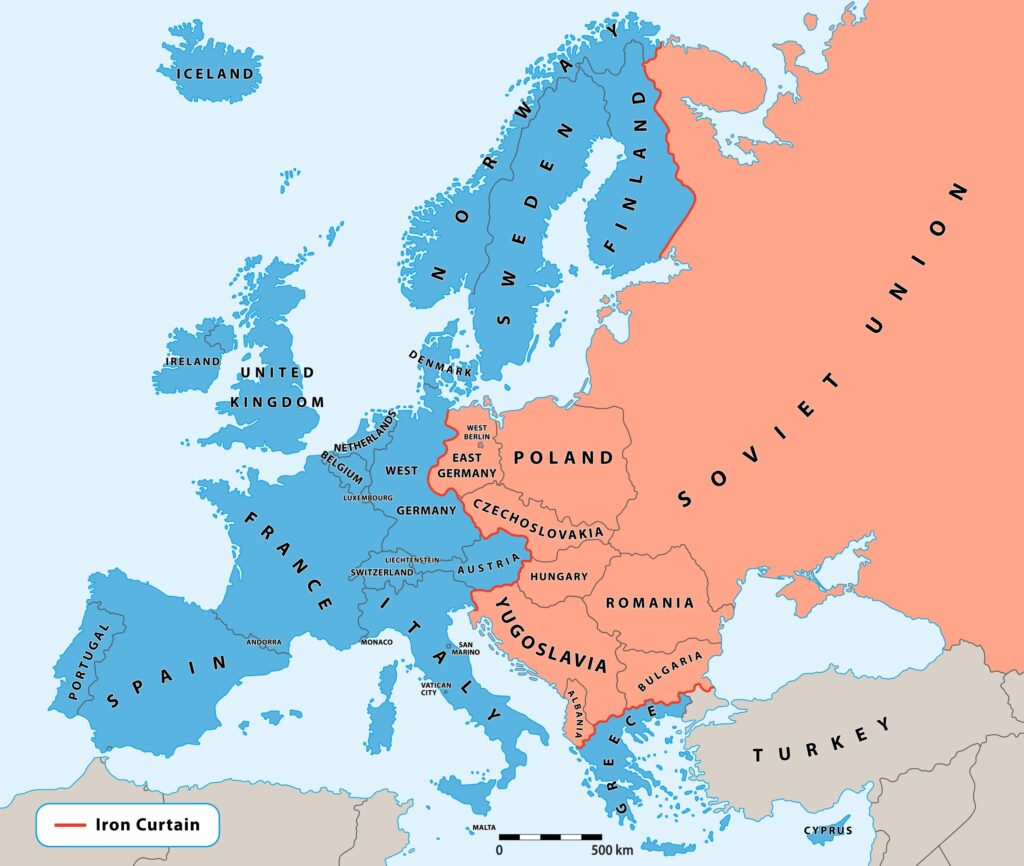
In the 1950s, with the increasing threat of the Communist countries between the countries and the Korean War in the same period, the organization started to adopt a military intervention.
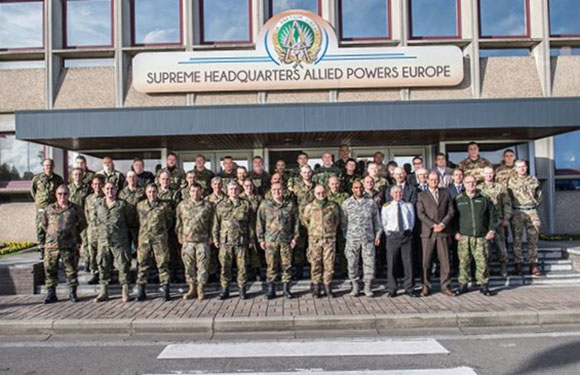
Supreme Headquarters Allied Powers Europe (SHAPE) was established under the roof of the military intervention, and in January 1951 Dwight Eisenhower, the high-ranking commander, started his first work.
Then, the idea of increasing the number of divisions to 96 in terms of having a long-term defense plan during the 1952 Lisbon Conference came up. But the proposal was rejected the following year. Instead, they decided to establish 35 divisions supported by nuclear weapons.
In the 1950s, NATO had 15 divisions in Central Europe and 10 in Italy and Scandinavia. In 1952 there was another development. The rank of Secretary General of NATO, the highest rank of the organization, was created and Hastings Ismay was appointed to this position. After this period, the organization has made a trial against a possible enemy attack by doing exercises and also showed a host of enemy countries with such exercises. Some of these exercises include:
- Exercise Mainbrace – was made for the defense of Denmark and Norway with 200 ships and 50,000 soldiers.
- Exercise Grand Slam and Longstep – Sea and amphibious forces in the Mediterranean.
- Italic Weld – coordinated with air-sea-land elements in Northern Italy.
- Grand Repulse – British Army of the Rhine (BAOR), Dutch Corps and Allied Air Forces Central Europe (AAFCE).
- Weldfast – USA, United Kingdom, Italy, Turkey and Greece with the participation of elements of the sea and the Mediterranean focused landings trial is held.
Greece and Turkey Joins NATO
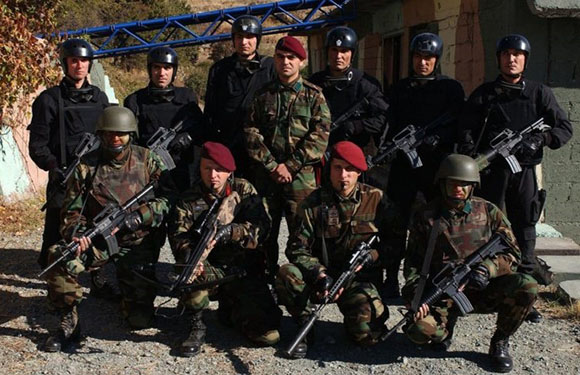
Following the incorporation into the Organization in 1952, Turkey and Greece were left in suspense on how to ensure the use of the military in these countries. These debates were particularly moving towards a distinct crossroads between the United Kingdom and the United States. While these debates were under way, Operation Gladio and the secret protocols of “stay-behind” arrangements, which were prepared and hidden by the European Union for the continuation of the continent’s war after a possible Soviet occupation, were controlled by NATO.
After this process, NATO, in its military competitions, was actually discussing the combat capabilities and military capabilities of some member countries. NATO has begun to organize competitions to measure military capabilities. Maroon Berets, the Turkish Special Forces, won the first place in the International Special Forces Competition in 2004, which was attended by 25 military teams from eight countries. When Maroon Berets won these competitions 4 times in a row, NATO canceled the 5th year.
Soviet Proposal
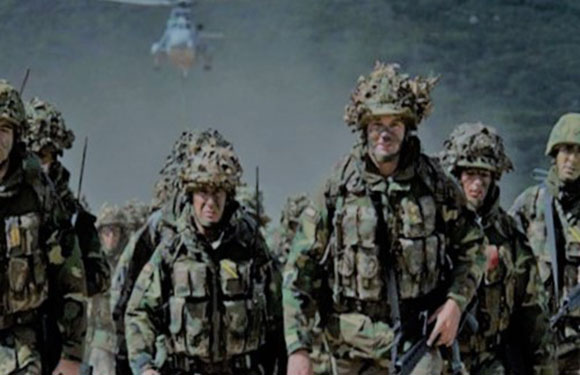
In 1954, a surprising offer came from the Soviets. A year after Stalin’s dead, the Soviets made some intents to join the NATO to keep Germany in check. Not very surprisingly the NATO members states rejected the request and two years later, in 1955, West Germany joined the organization.
The decision to bind with Germany was a decisive turning point in the history of the continent. The Norwegian Foreign Minister Halvard Lange said:
… one should not risk repeating the mistakes of the First World War, […] the only way to help create a democratic and cooperative Germany was to take them into cooperation.
Halvard M. Lange, Minister of Foreign Affairs, Norway,
The Soviet Union, with a decision dated May 14, 1955, founded the Warsaw Pact attended by Hungary, Czechoslovakia, Poland, Bulgaria, Romania, Albania, and East Germany. Even if there was no clear attack, the efforts of the two unions to continue their armaments and demonstrations would continue. In this way, a power imbalance has identified both sides of the Cold War era.
According to the logic of Cold War, the main purpose was to be a deterrent force by showing the forces in exercises. In 1957, in an area from Norway to Turkey, the NATO conducted the Operation Strikeback with 300 ships, 1500 aircraft, and 250,000 man to show the strength of the NATO.
In the same year of 1957 the NATO performed two more operations: the Operation Counter Punch and the Operation Deep Water.
Relations Between NATO and France and Separation of the Country From the Military Wing
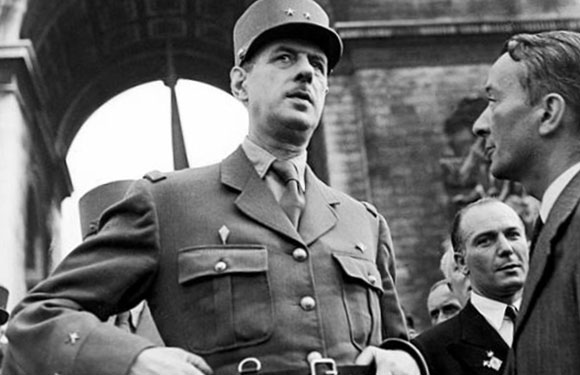
France has suffered a great deal in the early years of the union. A period of long-standing relations had led France to take an attitude. France was at first opposed to the US being the first power in the organization and an alliance with Britain.
Following this, US President Dwight D. Eisenhower and British Prime Minister Harold Macmillan, on 17 September 1958, proposed that France be admitted to a tripartite structure equivalent to them. When a satisfactory situation did not arise in the face of this proposal (Memorandum), France began to form its own independent troops.
Military segregation continued in February 1959 when France separated its naval elements from NATO forces in the Mediterranean. Later, alienated from the military wing, de Gaulle prevented the deployment of foreign countries’ nuclear weapons in his country. The most affected state was the US. After the decision to purge foreign agents, the US was obliged to remove 200 military aircraft from the country and to deliver military-owned airports from 1950 to the French in 1967.
Independent Defense Thought of France
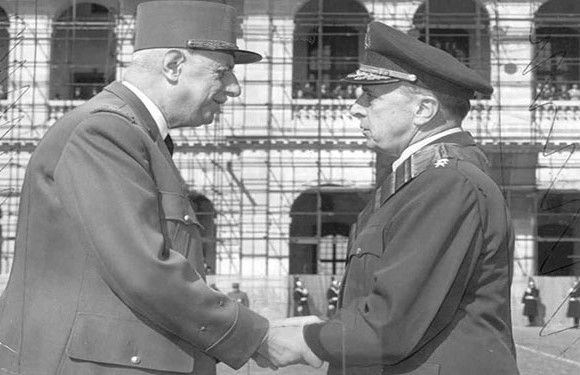
France has defended its idea of independent defense by withdrawing its NATO fleet from the Atlantic Ocean and the English Channel. However, during the Cuban missile crisis that erupted in 1962 when Cuba received missiles from the Soviet Union, de Gaulle acted in a spirit of solidarity with NATO. By 1966, France was completely withdrawn from NATO’s military wing and warned NATO forces in the country to leave the country.
Now the organization had to comply with this decision of France, and on October 16, 1967, Supreme Headquarters removed Allan Powers Europe from Rocquencourt’s position near Paris and moved to Casteau north of Mons, in Belgium. The separation of France from military sanctions does not mean that it has left the membership. The country’s membership continued and contributed to the defense of European territory in the event of an attack against the German Federal Republic.
In this case, members of the Warsaw Pact were happy with France’s decision to disarm. But it didn’t take too long to break through this vulnerable environment. It is evident that it provides a suitable environment for changing situations in favor of the parties with secret protocols during the Cold War period. This is exactly what happened on the French front. In the historical literature, with the secret protocols known as Lemnitzer-Ailleret, the United States made a kind of negotiation of how France would contribute to the military in a possible attack.
Relations between the Warsaw Pact and NATO
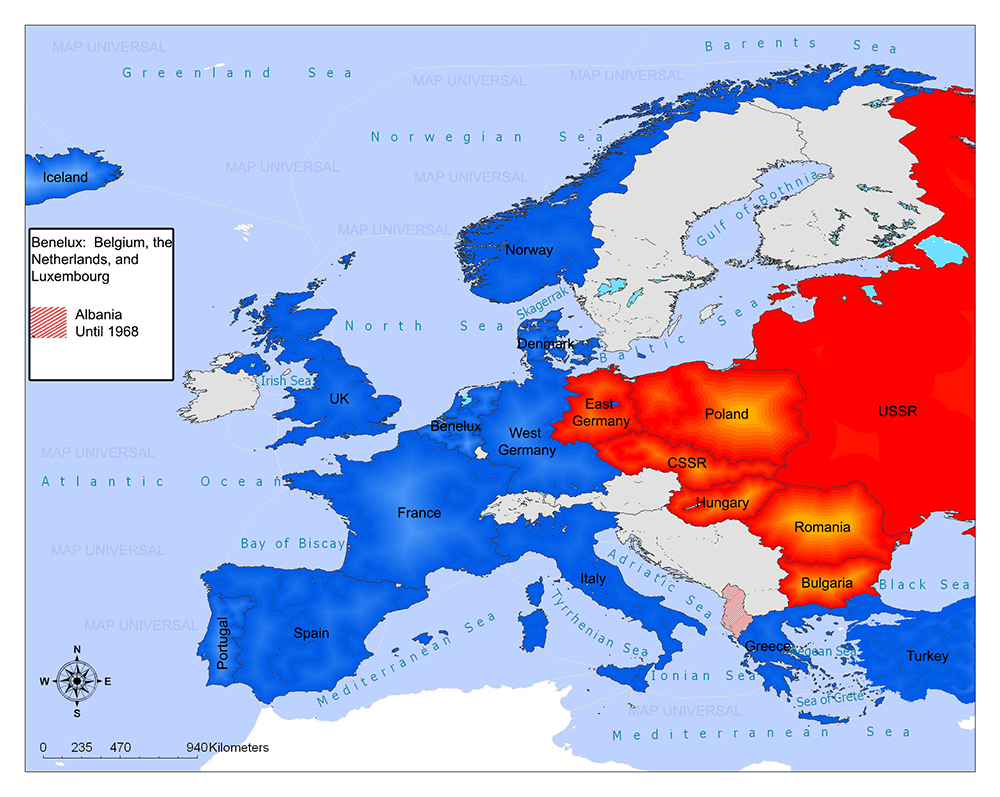
During the Cold War period, the Soviet Union and the Warsaw Pact members, who were the co-operatives, were arrested for the absence of an attack on European soil. In July 1968, member states agreed to take preventive measures against nuclear weapons.
After the Warsaw Pact, the capacity of nuclear weapons on the European continent increased. NATO received Pershing II nuclear weapons with GLCM cruise missiles by the US, deployed in Europe on December 12, 1979, approval.
This policy of disarmament, as well as the deployment of nuclear weapons on European soil, was a Bi-Directional policy in political jargon. But on the other hand, there was an armed movement. During the period 1983-1984, the Warsaw Pact members were ordered to fire the Pershing missiles if an attack by NATO would happen. This would take place by the deployment of SS-20 medium-range missiles on European soil. European public didn’t welcome these mutual armaments.
The expansion of the organization within this war environment also came to a halt. In 1974, Turkey launched a campaign to Cyprus, Greece decided to withdraw from NATO’s military wing. Greece returned to the military wing after the parties declared a peace in 1980 again. Moreover, during the Falklands War between the United Kingdom and Argentina, NATO members were not in this war.
Post-Cold War NATO Policies
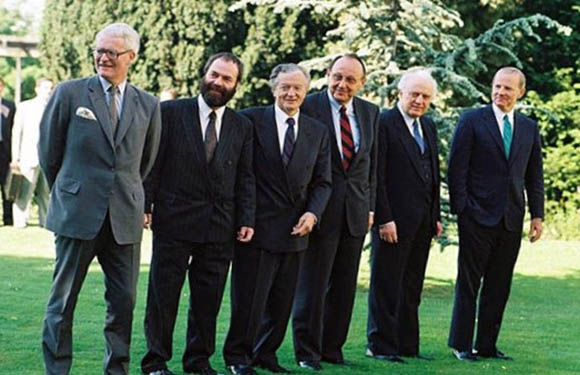
After the Warsaw Pact broke out in 1991, the biggest obstacle to NATO ended. The dissolution of this enemy made it necessary for the organization to make changes in new targets, new policies, and duties in the European continent.
This change between countries began with an attempt to alleviate military armaments and military deployments in the Soviet Union in Paris. At that time, NATO’s focus was on military defense and military spending rose to 34%. But by 2012, they reduced these military expenditures to 21%. After this period, NATO directed its military and military interventions to peaceful and humanitarian purposes.
After the Cold War, NATO won a great alliance with Germany’s unification. East Germany and West Germany were finally united. To avoid a possible Russian objection, NATO offered a guarantee that they would not deploy foreign troops and nuclear weapons in the eastern region.
NATO Reduces Military Power
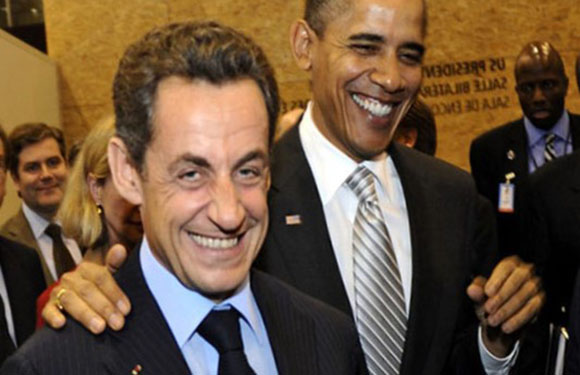
At the end of the Cold War, they reduced NATO’s military wing. Because in this war-free environment the organization had to obey the conjuncture. In this context, they revised the military units and created new forces in the form of the European Allied Command Emergency Response Corps.
After the collapse of the Soviet Union, the organization has made even more significant changes and in 1999. Nicolas Sarkozy, the French President, made a great contribution to France’s return to the military wing of the organization. With the decision of April 4, 2009, the country gained full membership in NATO relations and maintained its attitude towards nuclear disarmament.
NATO’s Enlargement Policies After 1994
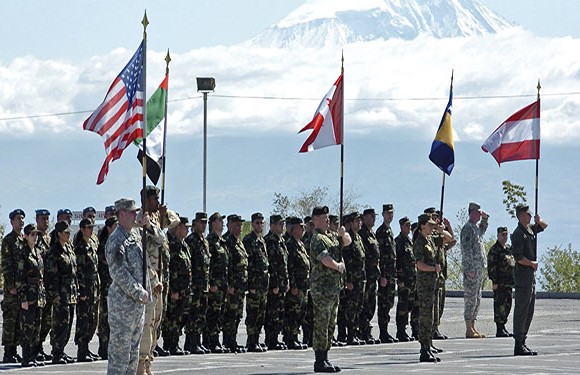
In 1994 and 1997, NATO tried to consolidate its coordination and cooperation with the forums it established. They further strengthened these regional development efforts by more comprehensive efforts such as Partnership for Peace, Mediterranean Dialogue and Euro-Atlantic Partnership Council.
In 1998, with the idea of the creation of a Permanent Joint Council with Russia, the organization became stronger.
On July 8, 1997, the Czechs, formerly a Soviet subordinate, won the status of a member state of the organization in 1999 with the invitation of NATO. Bulgaria, Estonia, Latvia, Lithuania, Romania, Slovakia and Slovenia, which later became members of the organization, enhanced this large turnout.
The membership applications of the six countries were first during the 2002 Prague Summit. NATO approved these applications shortly before the Istanbul Summit on March 29, 2004. At the summit in Istanbul, the organization launched a new study called the Istanbul Cooperation Initiative (ICI) with four countries on the Persian Gulf coast.
NATO’s Military Operations
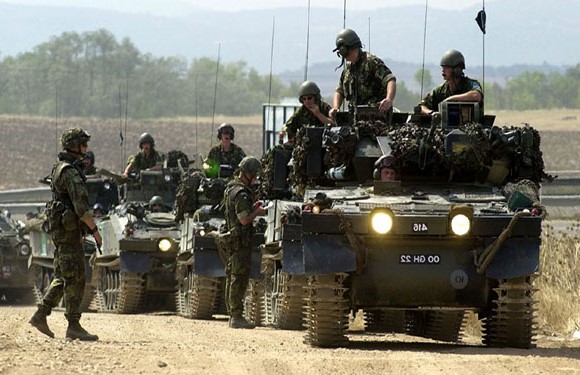
During the Cold War period, the organization never attempted military operations. But after the Cold War ended, the first operation was in the 1990-1991 period with the invasion of Iraq by Kuwait.
- Intervention in Bosnia and Herzegovina
- Kosovo Intervention
- Afghanistan Intervention
- NATO’s Mission to Iraq
- Anti-piracy in the Gulf of Aden by NATO
- NATO’s Libyan Intervention
Nato’s Enlargement Policy
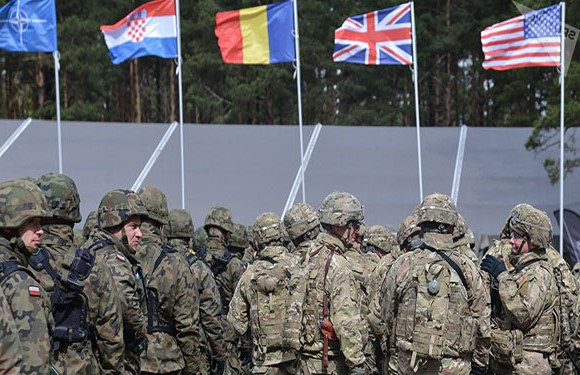
Recent members to join the NATO were post-member states of the Warsaw Pact in the Baltic Sea (Estonia, Lithuania, Latvia joined in 2004) or in the Balkan Region (Slovenia and Romania also joined in 2004).
Albania and Croatia fulfilled the requirements of membership, and both countries joined NATO in 2009. The most recent countries joining the NATO was Montenegro (2017) and North Macedonia (2020).
For the approval of the membership of these countries, NATO arranged a Membership Action Plans. The membership of Bosnia and Herzegovina, which want to join NATO, is still being discussed.
Nato’s External Links
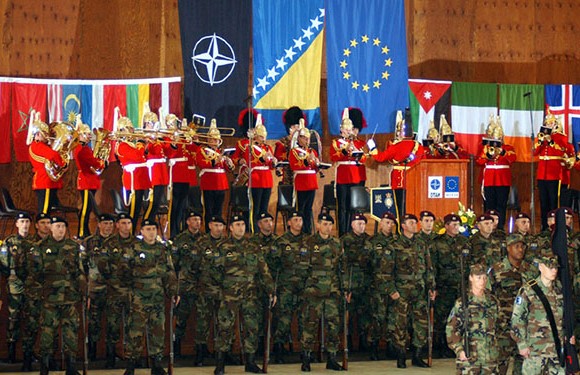
The first initiative of the organization in foreign relations was under the name Partnership for Peace. This partnership, which was launched in 1994, was built on the member countries’ relations with NATO.
Furthermore, countries that are part of the Partnership for Peace platform are all old and new states that are members of the Commonwealth of Independent States. In addition, NATO merged with European states on 29 May 1997 to form a partnership council (Euro-Atlantic Partnership Council).
Structural Characteristics of NATO
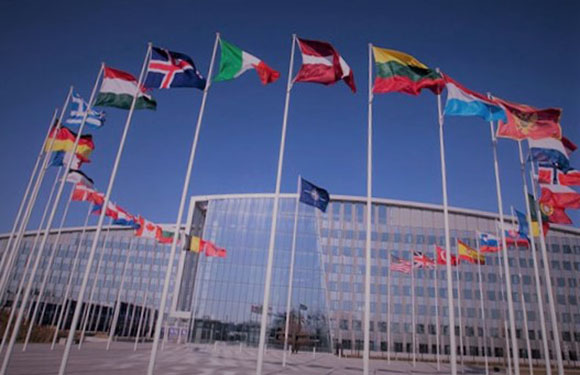
Employees in the center of the organization are national delegates of the member states. These include:
- civil and military representatives
- diplomats guiding the diplomatic relations of the member states
- members of the armed forces of the member states
- international staff and military personnel
In addition, there are non-governmental organizations in parallel with the Atlantic Council / Atlantic Treaty Association.
NATO Council and Meetings
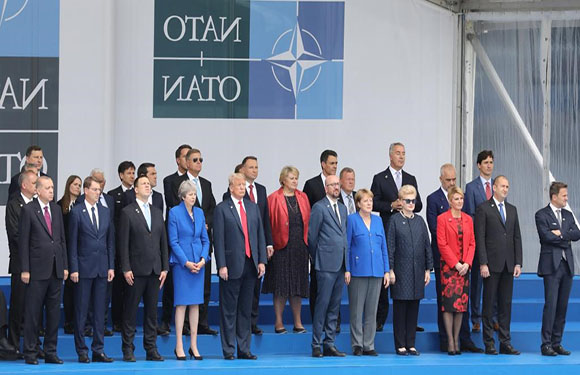
NATO’s decisions are according to the provisions of the North Atlantic Treaty in the meetings of 28 members. In this structure, each member country must send a delegate and a mission to Brussels, which is the NATO center. Delegates sent by countries are usually ambassadors under high civil servant status. Most Member States have a mission to manage diplomatic relations at the headquarters in Berlin.
The North Atlantic Council meet once a week by permanent members. Furthermore, it is the most effective unit of the organization, including decision and management powers.
In some crises, the Council convenes at critical summits gathered by the countries’ Foreign Ministers, Defense Ministers, and the top executives of the state. In these critical meetings, they reached a common decision on NATO-related issues. However, the status of those attending the meeting cannot limit the council’s decision-making and management powers in any way. In addition to these meetings, they discuss the enlargement policies of the organization at the NATO Summits.
The presidency of North Atlantic Council belongs to Secretary General of NATO. Their main objective is to reach an agreement on unanimity and common thought in the decisions taken. There is no vote or decision in this council. None of the members participating in the council and its subcommittees has the right to lose their independence or to lose their obligation.
NATO Parliamentary Assembly (NATO-PA)
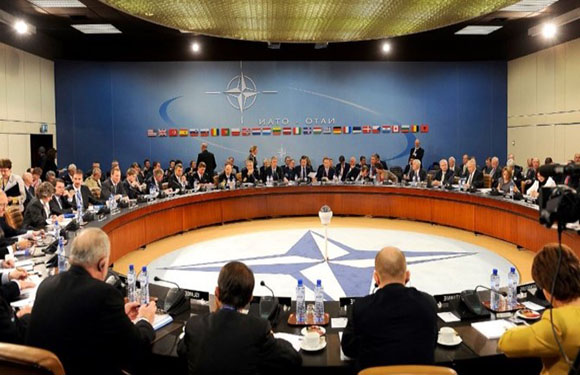
Parliamentary Assembly determines the most important strategic objectives of the organization. The unit meets on an annual basis and tries to communicate directly with the parliamentary structures of the members of the organization or the members who have appointed ambassadors for relations with NATO.
The NATO Parliamentary Assembly consists of the legislators of the members of the North Atlantic Treaty Organization and 13 substitute members. NATO Parliamentary Assembly is essentially a structure different from NATO.
The structure collects members to discuss security policies set by the NATO Council. In fact, it is a political and diplomatic consultant of the Assembly. Mutual communication and interaction of institutions and members are vital for the organization. This interaction with the political mission follows the reports of five committees for the NATO Council’s political policies and strategies.
The Five Committees of NATO
The five committees of NATO are:
- Committee on the Civil Dimension of Security
- Defense and Security Committee
- Economics and Security Committee
- Political Committee
- Science and Technology Committee
NATO’s Military Structure and Unions
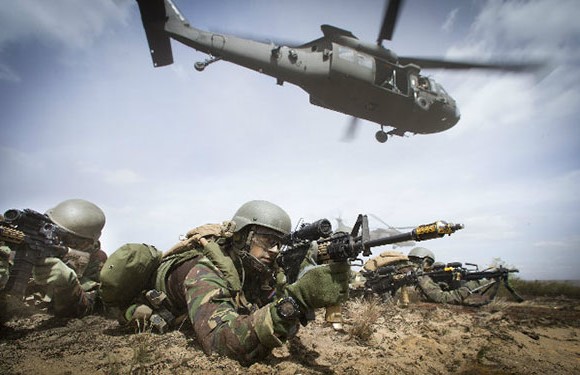
NATO Military Committee commands the military interventions of the organization. The military units of the organization consist of two Strategic Union, led by a senior officer from the United States and a senior French officer. The commanders who are at the head of the unions are responsible for the military committee of all military operations.
The military wing contains a military representative representing the member states and a senior officer from the armed forces supported by International Military Staff.
Military representatives are sent by the member states have set up the Military Committee. The main task of the Committee is to direct the military policies of the organization.
Furthermore, to provide opinions on these issues. The committee also provides guidance to the Strategic Commanders who take part in NATO alliances and who are active in the military wing of the organization.
Top 10 NATO Army Forces in 2022
1. United States
- Active Soldier Number: 1,400,000
- Number of Reserve Soldiers: 845,000
2. Turkey
- Active Soldier Number: 355,200
- Number of Reserve Soldiers: 378,700
3. France
- Active Soldier Number: 203,300
- Number of Reserve Soldiers: 41,000
4. Italy
- Active Soldier Number: 165,500
- Number of Reserve Soldiers: 18,300
5. Germany
- Active Soldier Number: 183,500
- Number of Reserve Soldiers: 30,100
6. United Kingdom
- Active Soldier Number: 148,500
- Number of Reserve Soldiers: 78,600
7. Greece
- Active Soldier Number: 142,700
- Number of Reserve Soldiers: 221,300
8- Spain
- Active Soldier Number: 120,300
- Number of Reserve Soldiers: 15,200
9- Poland
- Active Soldier Number: 114,000
- Number of Reserve Soldiers: 100,000
10- Canada
- Active Soldier Number: 67,400
- Number of Reserve Soldiers: 35,600
Image Sources and Copyright Information
- Cold War Europe Map with Iron Curtain: © Peteri/Shutterstock